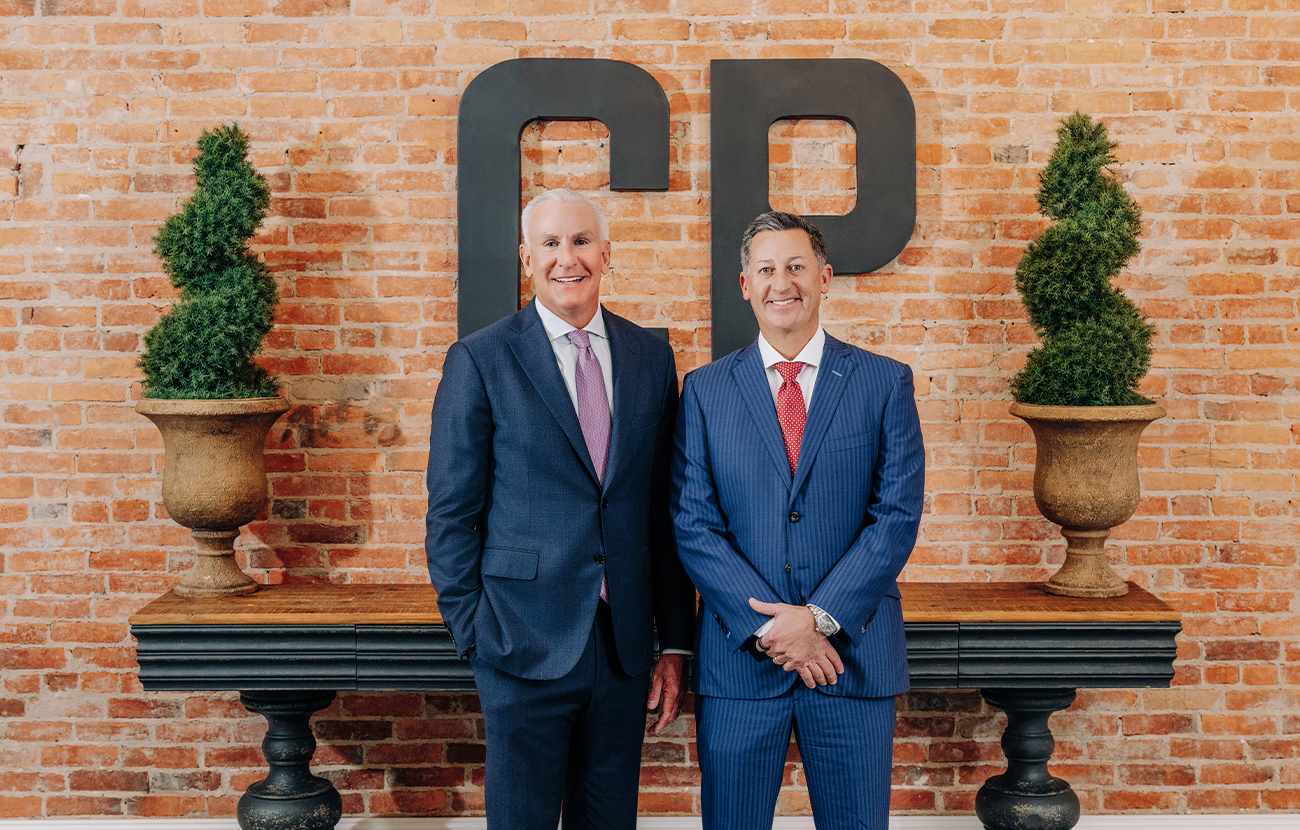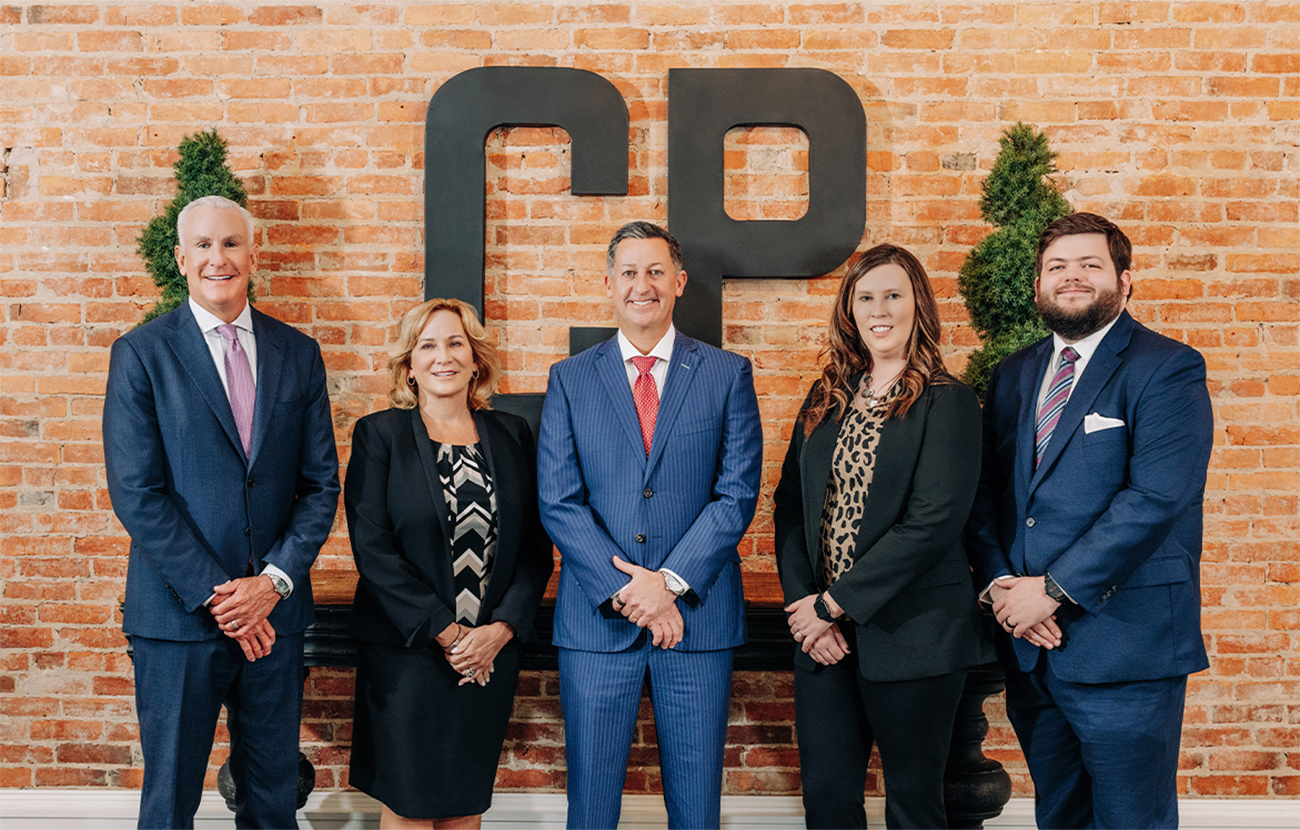
Free Case Evaluation
Cleveland Klumpke’s Palsy Lawyers
Experienced birth injury lawyers for newborns and parents in Ohio
Obstetricians, midwives, and any other healthcare professionals who participate in the delivery of babies have a duty to the mother and children to anticipate the different types of emergencies and complications that may occur. Many birth injuries are preventable. One such preventable birth injury is Klumpke’s palsy. Doctors should anticipate that a baby may need help so the shoulders can pass smoothly through the mother’s birth canal. At Crandall & Pera Law, our lawyers have 50 years of combined experience holding hospitals, doctors, and healthcare providers accountable for birth injuries. Our Cleveland Klumpke’s palsy lawyers demand compensation for your child’s medical bills, pain and suffering, loss of bodily function, and inability to fully enjoy life’s pleasures.
Free Case Evaluation

Table of Contents
- What is Klumpke’s palsy?
- What are the signs and symptoms of Klumpke’s palsy in Cleveland and across Ohio?
- What causes Klumpke’s palsy in newborns?
- How is Klumpke’s palsy diagnosed?
- How is Klumkpe’s palsy treated?
- How do you advocate for newborns who have Klumpke’s palsy?
- Do you have a Cleveland Klumpke’s palsy lawyer near me?
What is Klumpke’s palsy?
According to the National Institutes of Health (NIH), Klumpke’s palsy causes the loss of sensation and paralysis in a newborn’s lower arm, wrist, and hand. The disorder is due to damage to the child’s brachial plexus nerves. The condition can range from mild to permanent disability depending on the severity of the nerve damage.
The Mayo Clinic states, “the brachial plexus is the group of nerves that sends signals from the spinal cord to the shoulder, arm, and hand. A brachial plexus injury happens when these nerves are stretched, squeezed together, or in the most serious cases, ripped apart or torn away from the spinal cord.”
What are the signs and symptoms of Klumpke’s palsy in Cleveland and across Ohio?
According to the NIH, some of the signs and symptoms of Klumpke’s palsy include:
- Weakness and loss of movement of the lower arm and hand.
- Drooping of the eyelid on “the opposite side of the face.” This symptom is also called Horner syndrome.
Klumpke’s palsy (also referred to as Klumpke paralysis) can “cause a stretch injury (neuropraxia), scarring, or tearing of the brachial plexus nerves.” The tear is called an “avulsion” when the tear is at the spine and a “rupture” when the tear is not at the spine. An avulsion is considered the most serious type of Klumpke’s palsy injury.
Newborns with Klumpke’s palsy may have a “claw hand.”
What causes Klumpke’s palsy in newborns?
Brachial plexus injuries (which cause Klumpke’s palsy) may occur during a difficult vaginal birth. Some of the risk factors, according to the Mayo Clinic, include babies with a high birth weight, long labor, and breech delivery. The risk of a brachial palsy injury (and a Klumpke’s palsy injury) increases if your baby’s shoulders get stuck in the birth canal.
How is Klumpke’s palsy diagnosed?
Brachial plexus injuries (which include Klumpke’s palsy) are diagnosed in many ways, according to the Mayo Clinic:
- X-ray. This test can help to determine if any fractures are the source of your child’s pain.
- Electromyography (EMG). This diagnostic test involves the placement of needle electrodes through the skin into different muscles. “The test looks at the electrical activity of the muscles when they tighten and when they're at rest.”
- Nerve conduction studies. These diagnostic tests are usually part of the EMG test. Nerve conduction studies determine “how fast and how well electrical signals travel down the nerves.” They help show how well your child’s nerves are working.
- Magnetic resonance imaging (MRI). This diagnostic test uses a powerful magnetic field and radio waves. It can show the extent of damage to the brachial plexus after an injury. “New types of high-resolution MRI, such as magnetic resonance neurography or diffusion tensor imaging, may be used.”
- Computerized tomography (CT) myelography. This diagnostic test uses a series of X-rays to create images of the body. “CT myelography uses contrast dye, injected during a spinal tap, to look for issues in the spinal cord and nerve roots. This test is sometimes done when MRIs don't give enough information.”
We work with doctors who understand when these tests are performed. Some delays may be required until your child grows enough – but the tests shouldn’t be delayed too long because surgery generally works better when it’s performed in the first six months.

How is Klumpke’s palsy treated?
While many infants with Klumpke’s palsy recover within six months (with the help of physical therapy), some newborns may require surgery. Unfortunately, some infants may have to live with permanent damage.
The Mayo Clinic states that surgery is usually performed within two to six months after your child’s birth. It may take years to know how well the surgery worked because nerve tissue grows at a very slow rate.
The different types of nerve surgery for brachial plexus injuries, including Klumpke’s palsy, include:
- Neurolysis. This surgery helps “free up the nerves from scar tissue.”
- Nerve repair. This surgery is generally done when sharp objects, as opposed to stretching or tearing, cause nerve injuries.
- Nerve graft. Here, a nerve from another part of your child’s body is used to replace the damaged part of the brachial plexus. “This creates a bridge for new nerve growth over time.”
- Nerve transfer. “When the nerve root has been torn from the spinal cord, surgeons often take a less important nerve that's still working and connect it to a nerve that's more important but not working. This allows for new nerve growth.”
- Muscle transfer. Here, the neurosurgeon “removes a less important muscle or tendon from another part of the body, such as the thigh, transfers it to the arm, and reconnects the nerves and blood vessels to the muscle.”
Serious brachial plexus injuries can be very painful. For many people, the pain goes away in about three years. Pain medications or even pain surgery may help – though there are risks with overusing pain medications.
How do you advocate for newborns who have Klumpke’s palsy?
Our Cleveland Klumpke’s palsy lawyers work with obstetricians, neurosurgeons, and other doctors to show why your delivery doctors failed to use competent medical care – and to understand the full severity of your child’s injuries. We work with these doctors to understand what treatments can help and what medical care will be necessary if your child has a permanent disability. We also work to show how your child’s medical condition will affect every part of your child’s life.
We file birth injury claims against all responsible parties, including the hospital, delivery doctors, nurses, and any other healthcare providers who failed to provide competent medical care.
Our team demands compensation for all your child’s medical bills, pain and suffering, and any other damages your child or family may be entitled to.
Do you have a Cleveland Klumpke’s palsy lawyer near me?
At Crandall & Pera Law, our birth injury lawyers meet parents and their infants at our offices located in Cleveland, Cincinnati, Columbus, Chagrin Falls, and Chesterland, Ohio. We also represent parents and children in Lexington, Kentucky. If you or your child cannot come to one of our locations, we can make arrangements to see you and your child at your home or a healthcare facility. We also consult with clients by phone and through online conversations.
We’re ready to answer all your questions and fight for all the compensation your child deserves.
Talk with an accomplished Cleveland Klumpke's palsy lawyer now
Every parent wants their newborn to live a healthy life. At Crandall & Perry Law, we understand how devastating it is to learn your child has Klumpke’s palsy, which can affect the ability of your child to use their arm, wrist, and hand. To schedule an appointment with our Cleveland Klumpke’s palsy attorneys, call us or complete our contact form. We have the experience, medical relationships, and reputation to fight the insurance companies and lawyers medical providers use. We’re ready to help you today.
